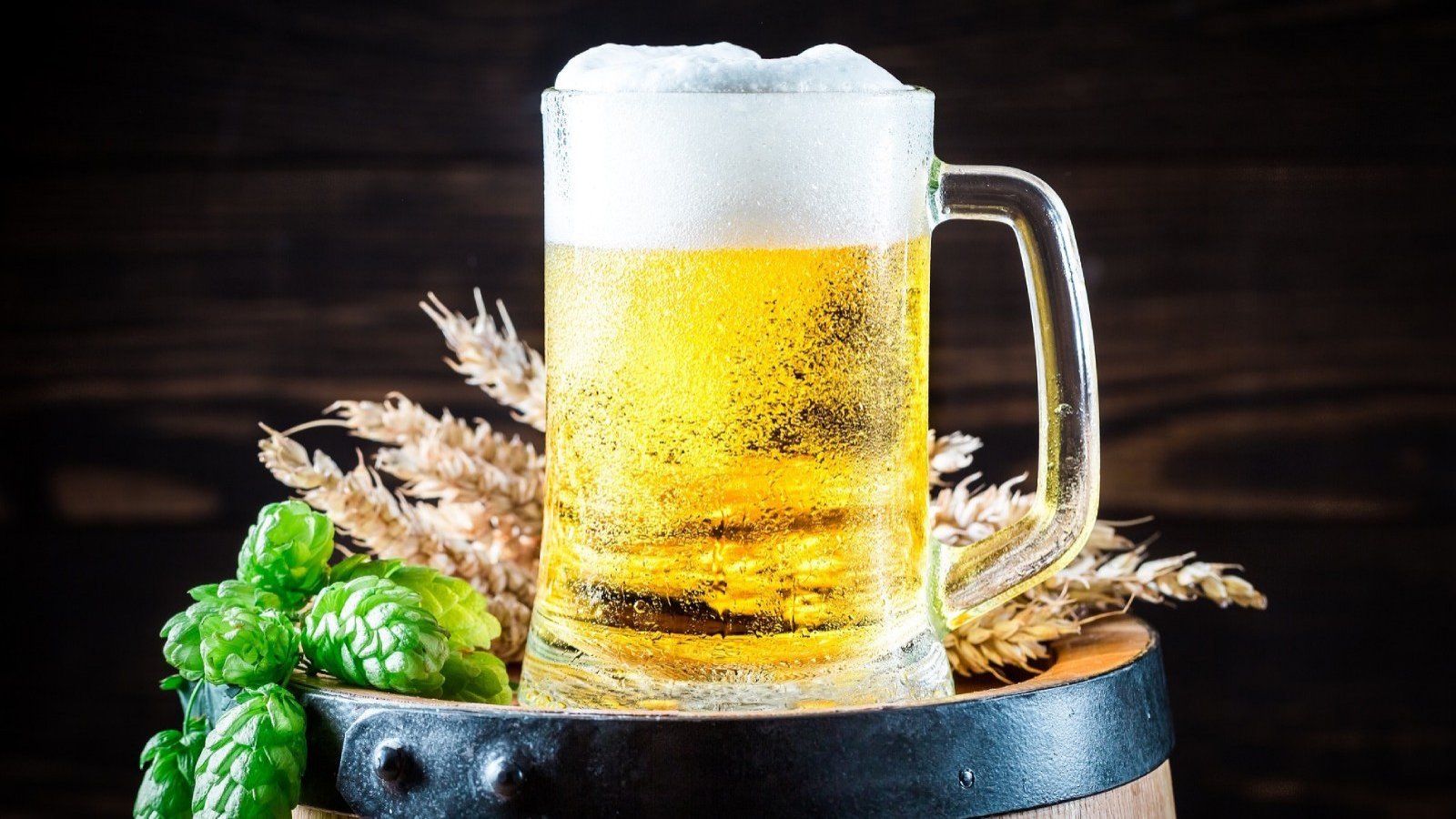Biotechnology in the alcoholic fermentation production process and applications.
Alcoholic fermentation has the biological purpose of providing anaerobic energy to yeast (single-celled microorganisms) in the absence of oxygen from glucose.
Thus, alcoholic fermentation of either wine or beer has been practiced for a long time and is based on the use of these microorganisms.
For example, in brewing beer, microorganisms that are well known in the kitchen such as yeasts are used. Likewise, microorganisms intervene in these processes that transform components of fruit juice or cereals into alcohol.
On the other hand, the type of alcohol generated from fruits and grains is known as ethanol.
Beer and wine have in common that they go through the fermentation stage during the production process.
Yeasts have a wide application in biotechnology and are the most used microorganisms in medical research and industry. One of the traditional uses of yeast is fermentation, through which drinks, foods and proteins can be obtained, among other products.
The ultimate goal of fermentation is to preserve the characteristics of the final product, as well as improve its properties.
Wine fermentation is a biochemical process where grape juice is transformed into ethyl alcohol, carbon dioxide and heat, all as a consequence of the management of yeasts.
Beers without knowing biotechnology in ancient times were of the ale type, that is, fermentation at room temperature caused by the yeast Saccharomycescerevisiae, that is, without the use of hops, also responsible for the fermentations of bread and wine.
Bread, yogurt, wine, beer, are foods obtained by the fermentation process that we consume very frequently.
The fermentation process is introduced within traditional biotechnology and it is estimated that fermented foods contribute approximately one third of the world’s diet. In addition, there are different types of fermentation processes that are named according to the name of the final product obtained.
There are two types of fermentation: high fermentation, which corresponds to floating yeasts (Saccharomycescerevisiae), which generates Ale beer, and low fermentation, which corresponds to the yeasts that sink to the bottom during Saccharomycescarlsbergensis or Saccharomycesuvarum fermentation.
Mixed fermentation, this type of fermentation, in which more than one strain of yeast is used to ferment a beer, produces a different range of flavors, especially sour and fruity.
Acetic fermentation is bacterial fermentation by Acetobacter, a genus of aerobic bacteria, which transforms ethyl alcohol into acetic acid, the characteristic substance of vinegar.
Alcoholic fermentation to obtain the drinks uses yeasts of the Saccharomyces genus, under very low oxygen concentration conditions, which metabolize these sugars, converting them into ethanol.
Because sugar, for example, in grape wine ends up being transformed into ethyl alcohol. During this fermentation process, carbon dioxide rises to the surface, causing bubbling and dragging the solid parts of the mixture with it.
The process carried out for the production of beer and wine begins with the process of controlled germination of cereal grains, followed by roasting, to later move on to grinding and maceration, where the ground grain is mixed with water to prepare the beer wort.
Likewise, in the beer-making process, isinglass, which is nothing other than the bladder of fish, such as carp or sturgeon, is used as a clarifying agent.
Likewise, the production process consists of five stages: grinding and maceration, grain washing, cooking, fermentation, maturation and conditioning.
The raw materials for beer are water, barley malt, hops and yeast. In addition, other extra ingredients are used to give their recipes different flavors, aromas, carbonation, body or nuances.
The types of beer, according to the characteristics that each one has, can be divided into three types according to their fermentation: Lager, Ale and spontaneous.
Consequently, the use of microorganisms to obtain a product is important and useful for the industry, due to all the applications they can have.
FONT
https://es.scribd.com/document/392422562/Productos-Biotecnologicos-CERVEZA-Y-VINO
https://marquesdelatrio.com/blog/vino/fermentacion-vino/
ARTICLES OF INTEREST
Plant biotechnology applied to disease control
https://www.medicalpharmanews.com/en/plant-biotechnology-applied-to-disease-control/






